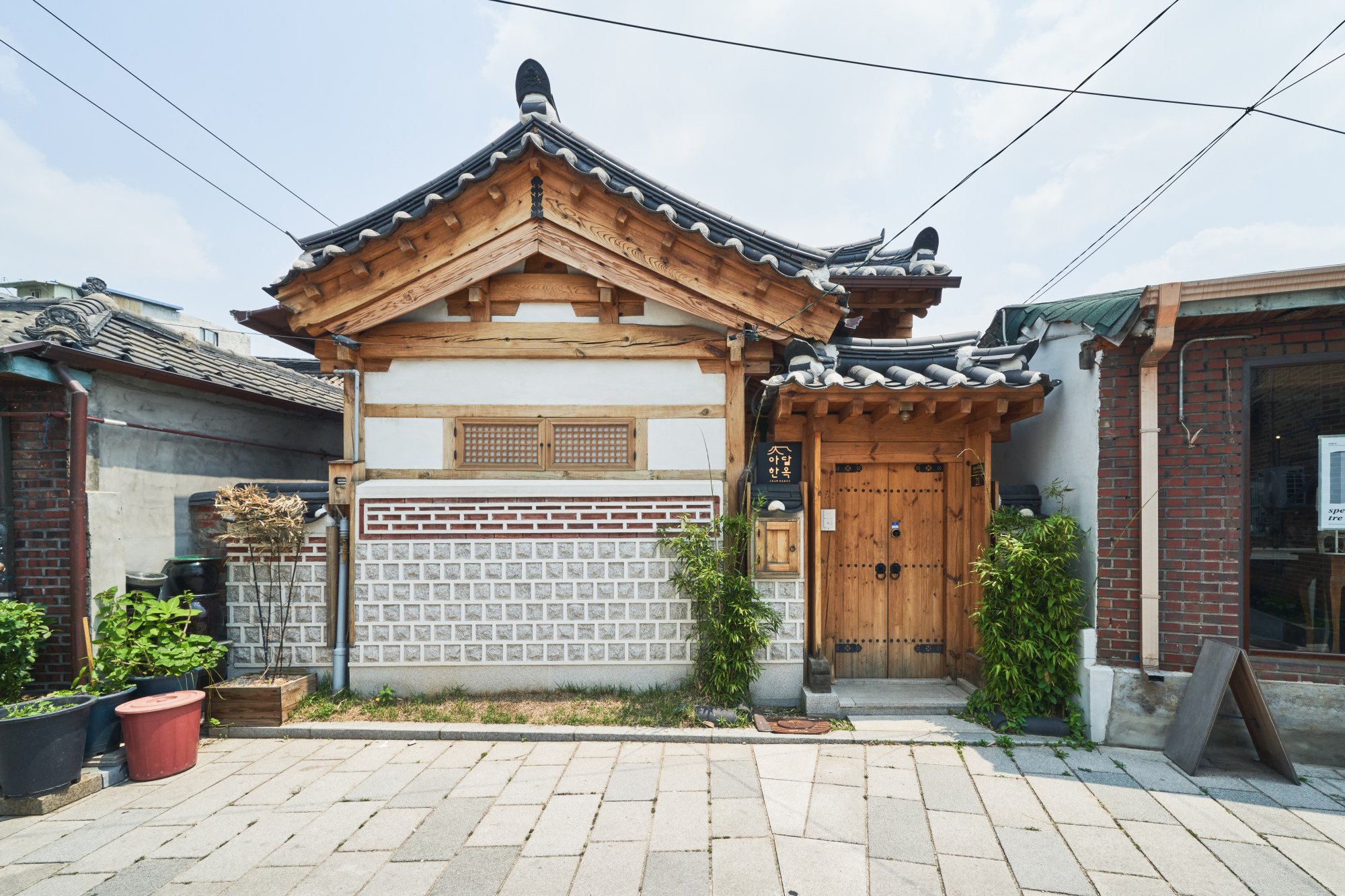
The Seoul area that’s like a historical K-drama set: Seochon mixes traditional ‘hanok’ houses with hip shops and cool cafes
- Seochon, to the west of Gyeongbokgung Palace, is full of Instagram-worthy traditional ‘hanok’ buildings, some of which operate as guest houses
- But the neighbourhood is not stuck in time: creatives have revived the area with trendy shops, galleries, cafes and bars
I am quite lost, even though I’m using both Google Maps and the South Korean equivalent, KakaoMap, and have a paper map of Seochon in hand.
Still, this Seoul neighbourhood – fondly known as the West Village of the South Korean capital – is a picturesque place in which to wander, akin to having stepped onto a period K-drama set.
Seochon is to the west of the Gyeongbokgung Palace, the main seat of the Joseon dynasty (1392-1897) and where court officials and scholars lived as long as 500 years ago.

Much of the village’s weblike topography and an estimated 600 traditional hanok remain, but Seochon is by no means stuck in time. Creative types and entrepreneurs have revived the neighbourhood by setting up hip shops, stylish galleries, cool cafes and trendy bars to be discovered by serendipity – or pure doggedness.
I follow some chic Seoulites as they duck into a hidden alley that leads to Ofr.Seoul, the too-cool-for-school store I have been searching for. Housed in an old two-storey brick residence, it features art books and vintage tableware as well as shoes, bags and jewellery by a rotating roster of indie brands.


A few quick left and right turns away is MSK, a menswear outpost specialising in gorpcore – outdoor wear worn as streetwear – and art gallery all in one.
Benny Lee, founder and chief executive officer of Stayfolio, a booking platform featuring a series of restored hanok in Seochon, says young people with artistic inclinations started opening studios and aesthetic cafes in the area in the mid-2010s, when few people knew the charm of the old hanoks and alleyways.
“The neighbourhood has evolved into a place where unique, aesthetic brands created by young people have emerged, resulting in a creative ‘new breeze’ similar to areas like Daikanyama, in Tokyo, or SoHo, in New York,” he says.

The artsy charm of Seochon stands in stark contrast to Bukchon Hanok Village, at the opposite, east side of Gyeongbokgung. The tourist hordes flock to this gentrified area – often decked out in rented hanbok, the traditional Korean costume – after they have toured the palace.
There is perhaps even more shopping to enjoy in Bukchon – buzzy Korean scent brand Tamburins and fashion label Minju Kim have outposts there – but to escape the crowds, I head back to Seochon, and Tidewater, a sleekly minimalist cafe housed in a restored hanok where seats are thoughtfully arranged around a calming courtyard. It is perfect for a contemplative coffee break in quiet company.

Revived, I chance upon Allwrite, a stationery store featuring a cornucopia of colourful washi tapes, postcards and notebooks, and jewellery store Brillpiece, where I peer at the handmade bling before moving on.
Seochon is compact enough that it is possible to get a good sense of its offerings within an afternoon. Still, those who wish to enjoy its laid-back sense of place might enjoy a stay in one of its many hanok guest houses.
Tourists’ love of K-drama and K-pop propels Seoul shopping hub
Stayfolio favours spaces that have a design-led aesthetic.
The brand’s first hanok restoration project, Nuwa, was completed in 2018. Inspired by the Joseon dynasty concept of pungnyu, loosely translated as “joy for the arts”, its modernised interiors offer plenty of nods to classic Korean aesthetics, such as wood-panelled cabinetry, a low dining table, rough-hewn stone countertops and an open bathtub.
A tea ceremony set encourages guests to savour a cup while admiring the small garden in the courtyard.


Another residence, Habre, which means “country house” or “villa” in Swedish, blends the architectural hallmarks of a hanok’s distinctive wooden beams, sliding door panels and garden with Scandinavian interior furnishings. Its sleeping nook, which accommodates a queen-sized bed, features floral-themed vintage Swedish wallpaper.
After a day of exploration in Seochon, there is no better place in which to wind down than the intimate Bar Cham, ranked No 28 on the 2023 Asia’s 50 Best Bars list.
Housed within a hanok of its own, this popular hangout specialises in cocktails based on Korean spirits and ingredients, including some very obscure selections; my savoury Damyang No. 2 cocktail is made with jukryukgo, a bamboo liquor dating back to the Joseon dynasty, and garnished with pickled wood ear mushroom.

As the friendly bartender patiently explains the various components of my tipple in English, it strikes me that this atmospheric cocktail bar, with its exposed timber beams, rustic oak furnishing and dim mood lighting, is in its own way a microcosm of the surrounding neighbourhood – a harmonious meeting of heritage and modernity.
The writer was hosted for free at Habre.

